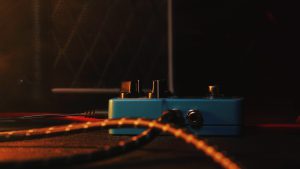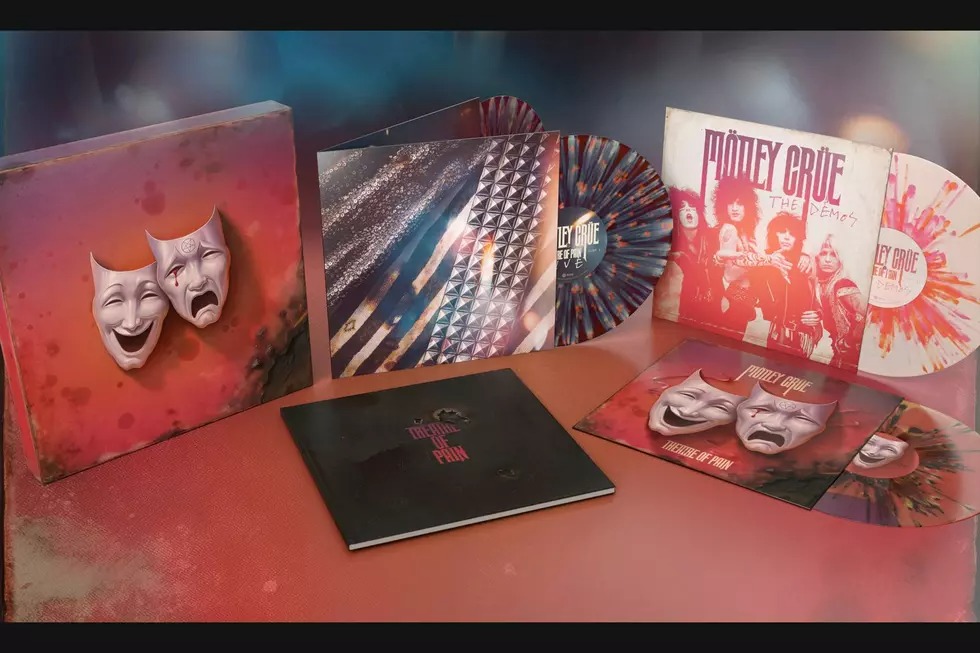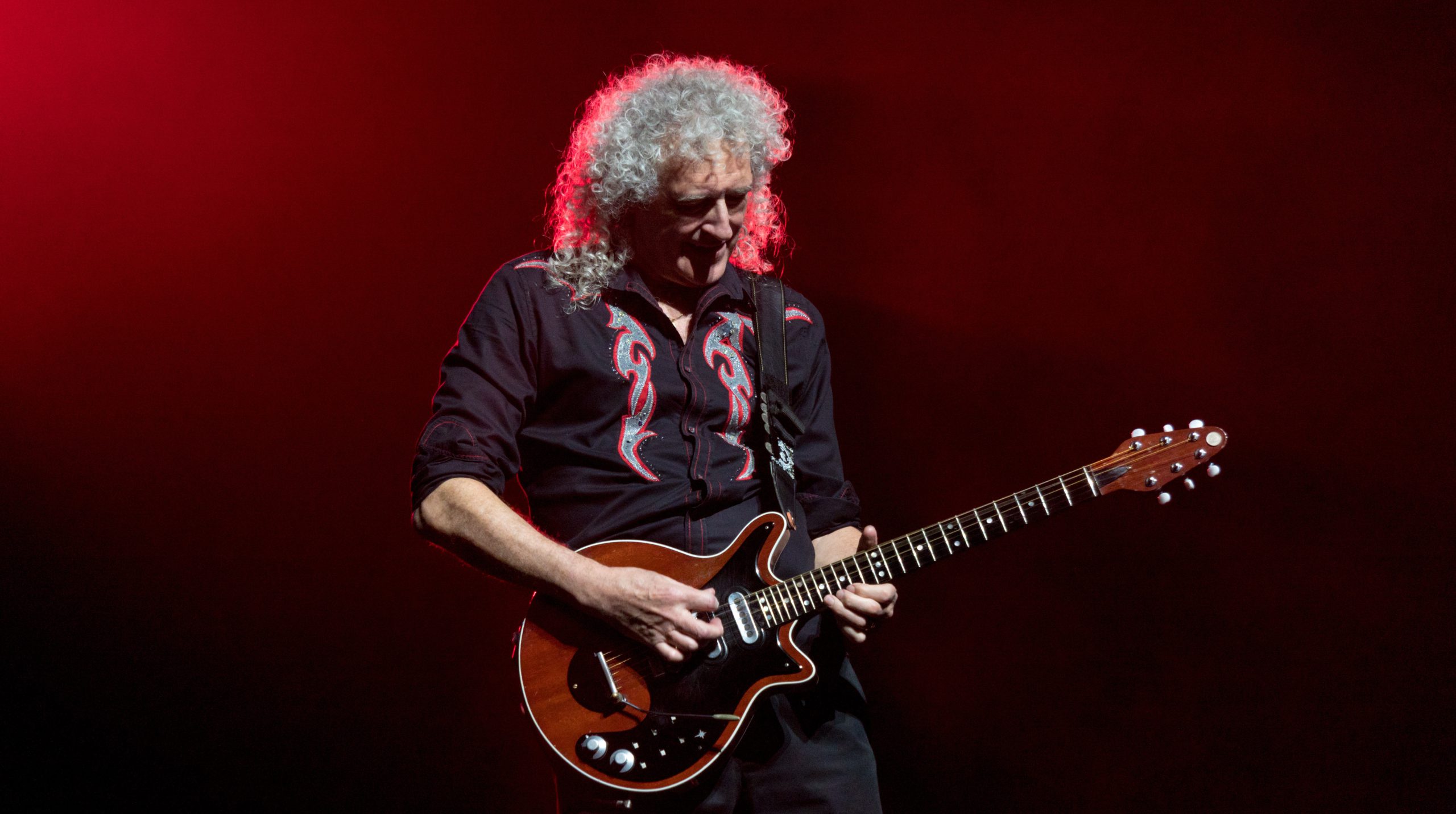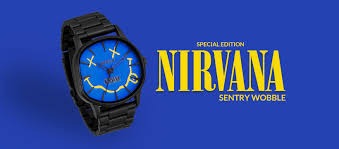It’s the late 1960s: everyone from The Beatles to Led Zeppelin was chasing transcendence through Eastern philosophy, acid trips, and spiritual seeking. Pete Townshend took a different route entirely. While his peers meditated or dropped tabs, Townshend experimented with mystical tools and spiritual guidance, attempting to channel otherworldly inspiration into The Who’s sound.
The result? Some of rock’s most innovative and lasting music emerged from what bandmates considered his eccentric spiritual experiments. This wasn’t casual dabbling in the metaphysical—it was systematic exploration that directly influenced the sonic architecture of The Who’s most celebrated work.
Translating Souls Into Synthesizers
The Lifehouse Method turned personal data and spiritual identity into concrete musical compositions.
Townshend’s most structured mystical experiment became the Lifehouse Method, where he sought to create direct connections between individual human identity and musical composition. The process involved translating personal data—height, weight, astrological details, spiritual beliefs—into musical patterns using early synthesizer technology.
This approach produced tangible results that defined The Who’s sound. The “Baba O’Riley” synthesizer loop exemplifies this perfectly. That driving, meditative pattern opening one of rock’s most recognizable anthems emerged from Townshend’s systematic attempt to capture spiritual teacher Meher Baba’s essence in electronic music. While others used technology to sound futuristic, Townshend used it to access something he believed was timeless and universal.
Skeptical Bandmates, Brilliant Results
Creative tension between Townshend’s mystical methods and his bandmates’ doubt fueled The Who’s innovation.
Bandmates viewed his metaphysical consultations with skepticism, sometimes outright dismissal. Yet this creative friction proved essential. While Keith Moon, John Entwistle, and Roger Daltrey focused on performance’s visceral power, Townshend channeled his mystical obsessions into songwriting that translated abstract spiritual concepts into arena-filling anthems.
The tension worked both ways. His spiritual seeking provided conceptual depth and innovative musical approaches, while his bandmates’ practical skepticism kept the material grounded in rock’s emotional immediacy. This balance between the ethereal and the earthbound created The Who’s unique ability to make experimental music that moved both bodies and minds.
The Madness Behind the Method
Townshend’s willingness to court spiritual extremes established templates for rock’s boundary-pushing creativity.
Townshend openly acknowledged that his mystical practices blurred the line between inspiration and obsession, between creative genius and psychological strain. He maintained that spiritual guidance and what others might call madness were inseparable elements in the creative process that produced The Who’s most enduring work.
Your favorite Who songs likely emerged from this willingness to embrace the mystical and bizarre as legitimate sources of inspiration during the band’s most fertile creative periods. His approach established precedents that continue influencing artists today: the idea that genuine innovation requires courting uncomfortable territories, whether spiritual, psychological, or technological.


























